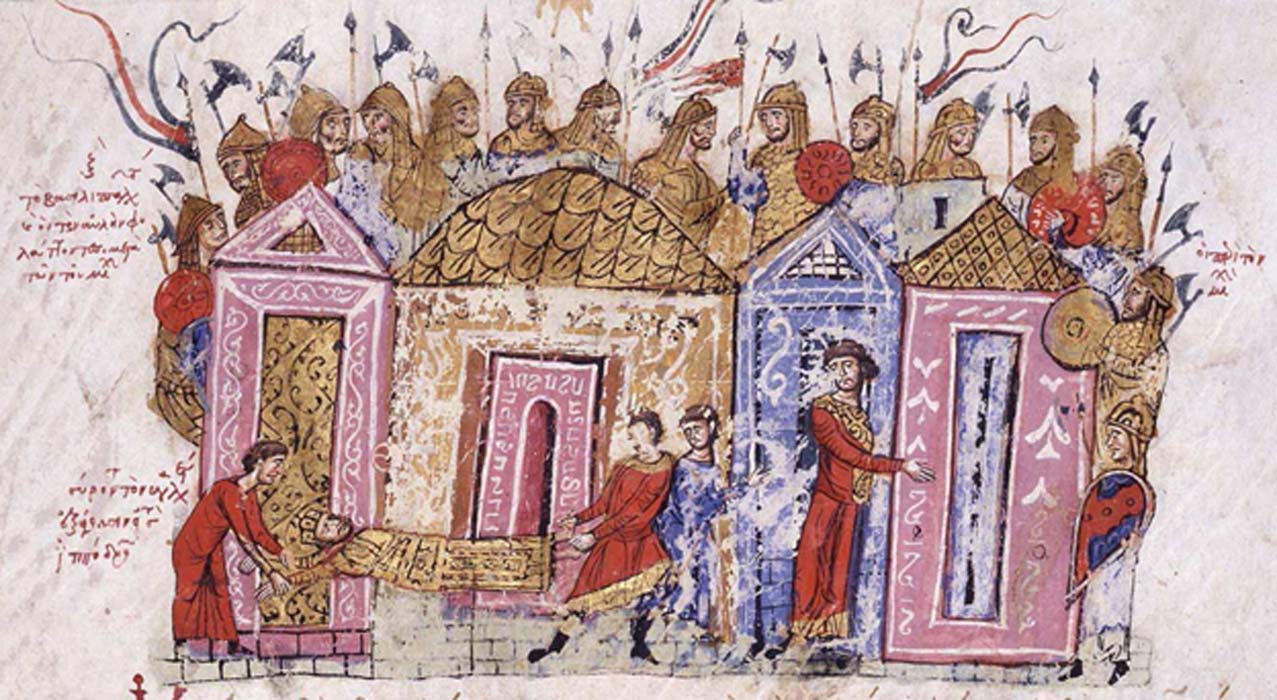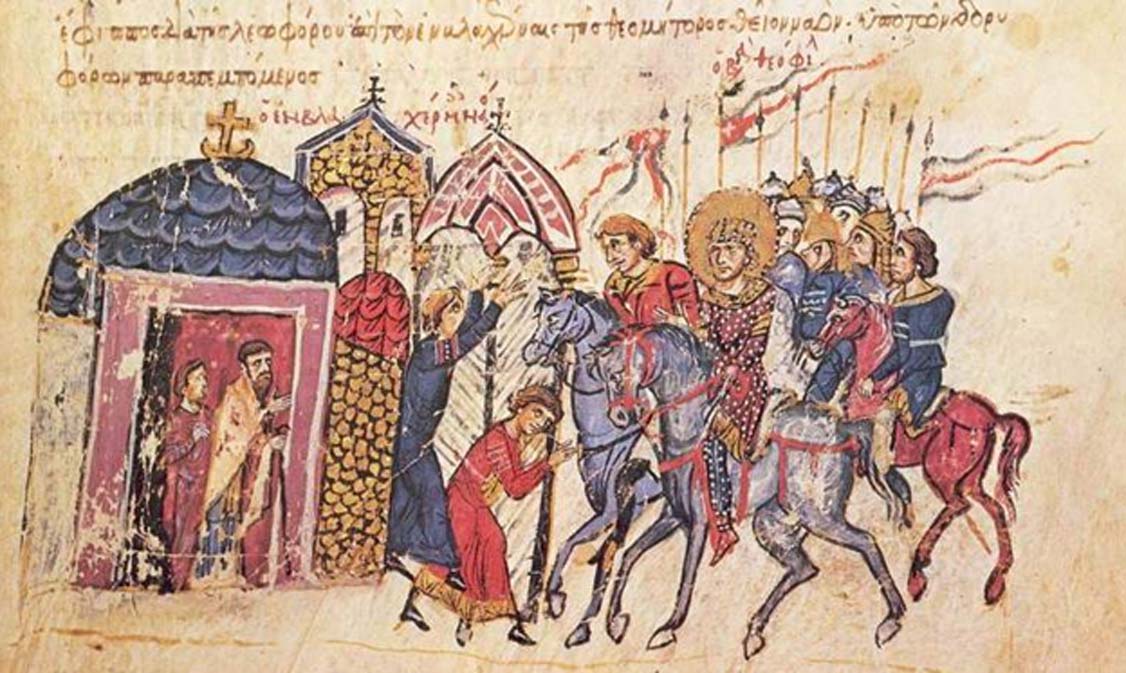
The Varangian Guard: Elite Byzantine Warrior Merchants
The Varangians were an elite guard that once served as the personal bodyguards of Byzantine emperors. When not protecting the emperor, they served at the frontlines in times of war to protect and expand the borders of the Byzantine Empire. But who were these Varangians, where did they come from, and when were they established? The earliest recorders pertaining to presence of Norse warriors at the imperial court at Constantinople, came about during the reign of Emperor Theophilus (829 – 842 AD). The city of Cherson in the North Sea region found itself threatened by Norsemen and implored the Byzantine Empire to send reinforcements to defend it. The Norse chieftains decided to accept peace and to form alliances with the imperial Byzantine court, for the Norsemen grasped the commercial and military enterprise of such a relationship. However, that relationship would not become viable until 874 AD.

Byzantine emperor Theophilus (829 - 842 AD), on horseback. Chronicle of John Skylitzes 13th Century (Public Domain)
Origins of the Varangians
The Varangians were originally Swedish merchants who entered eastern Russia. The name Varangian, which is disputed, comes from the Russian Varyag or the Greek Varangoi in Byzantine sources. The meaning of the word pertains to ‘member of a sworn brotherhood,’ and its origins are believed to be Old Icelandic. As for the word Rus, or Ruotsi in Balto-Finnish, it means Sweden. However, rodr is Swedish/Old Norse, meaning a ‘crew of oarsmen.’





